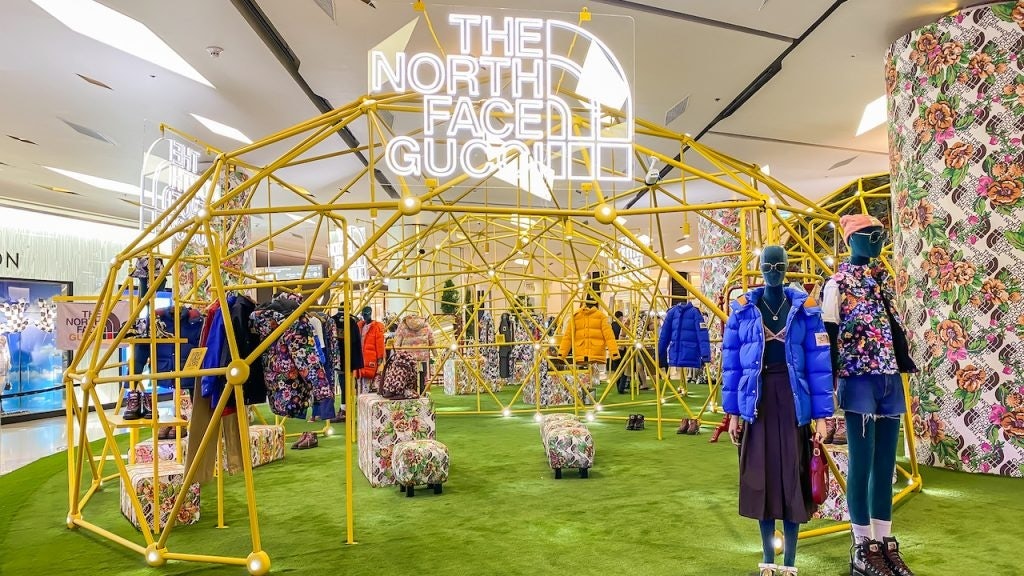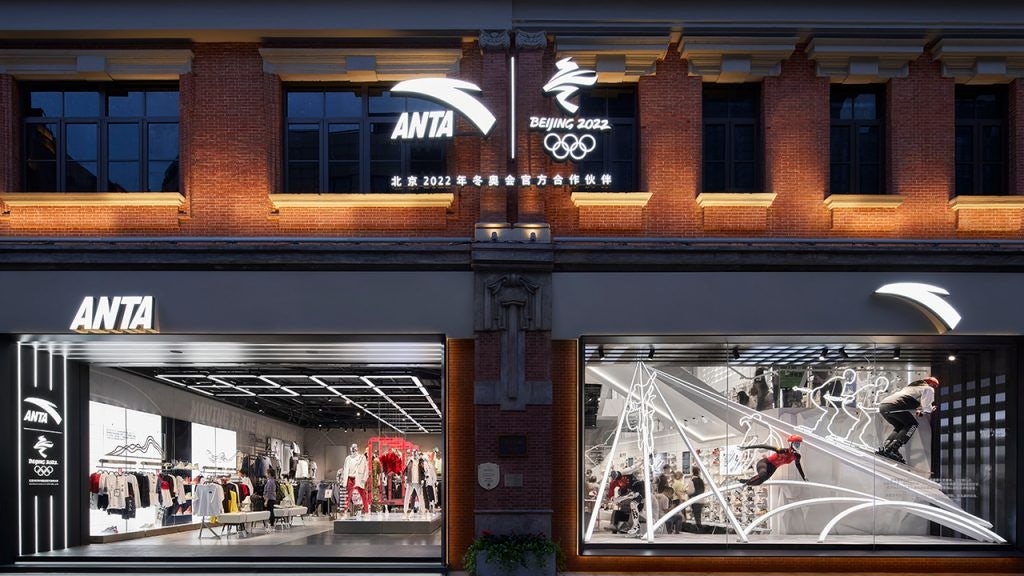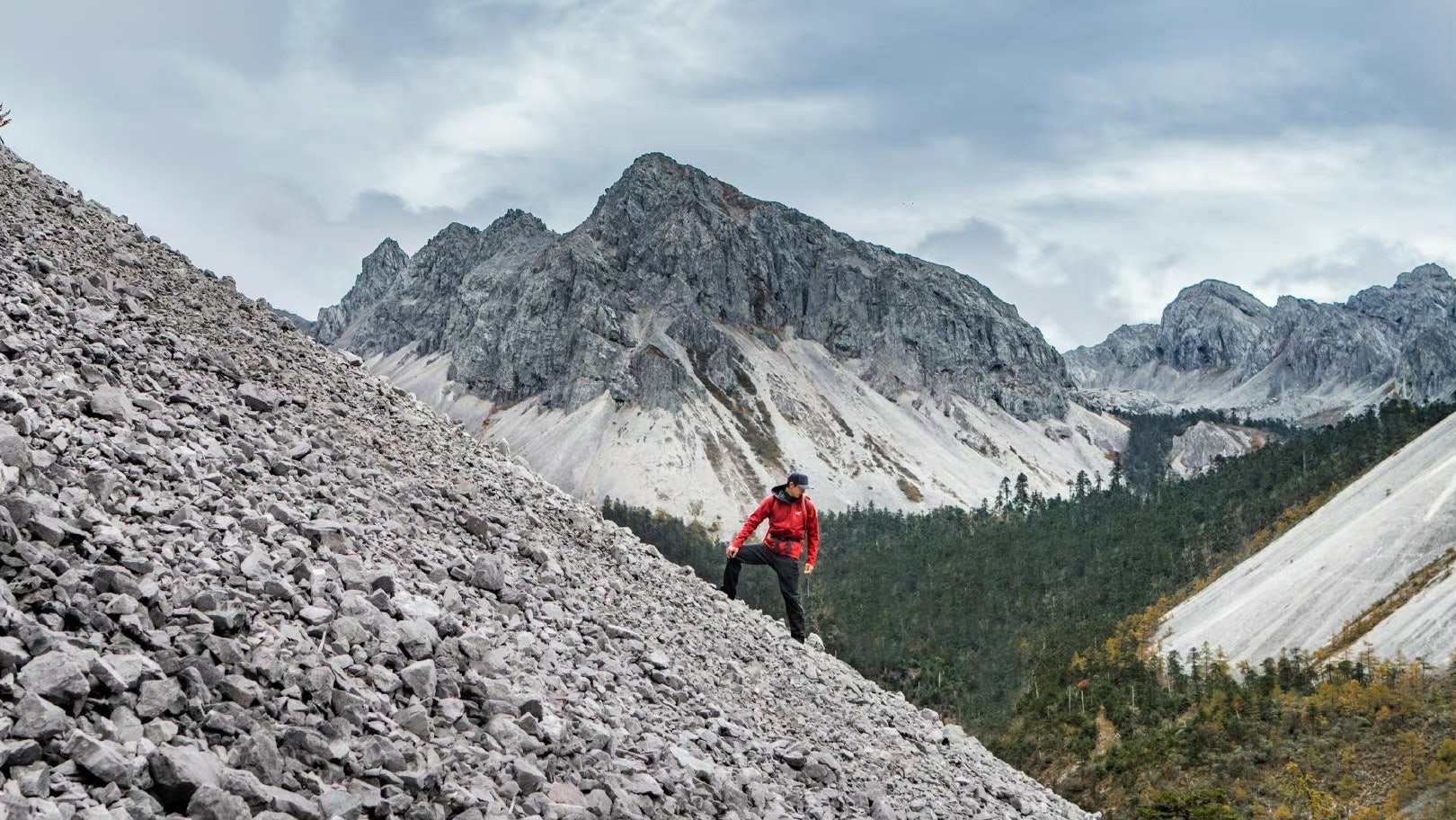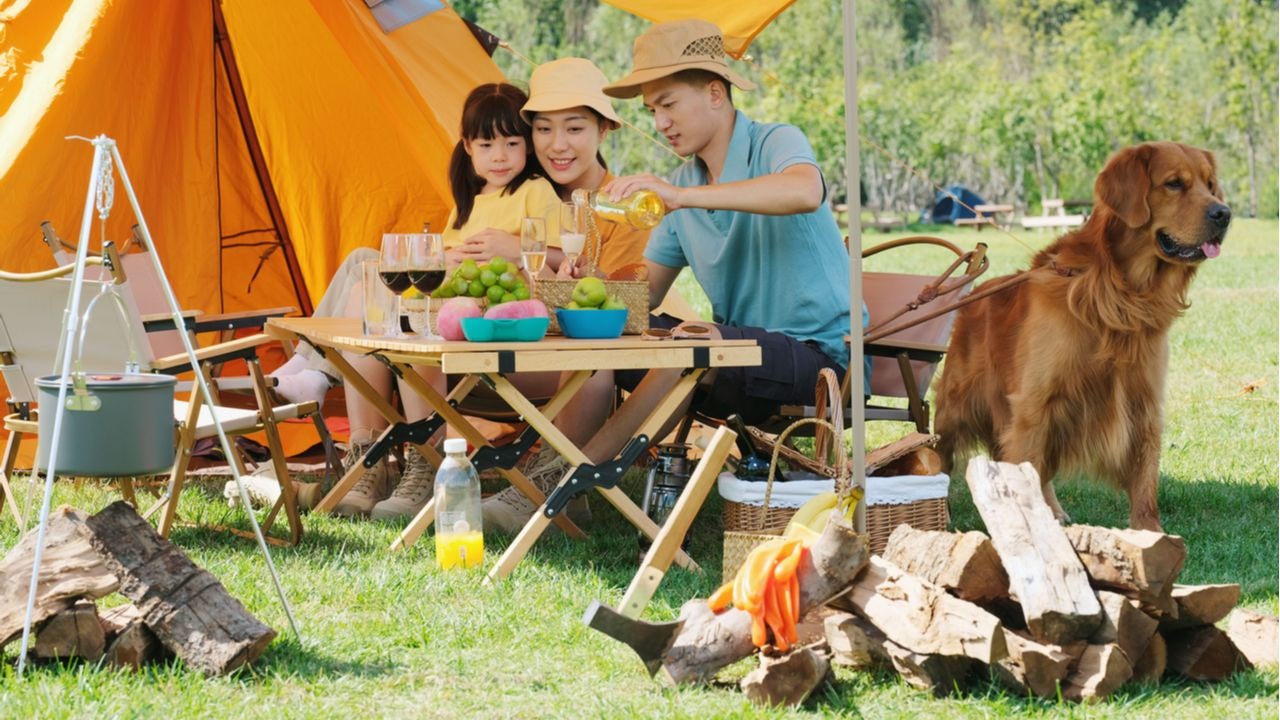With an increasing number of Chinese people engaging in outdoor activities post-pandemic, the rapidly expanding outdoor sports sector presents a promising opportunity for international athletic brands to gain market share. However, experts caution that foreign brands should remain mindful of competition from their Chinese counterparts, buoyed by the guochao (China chic) trend.
The total value of China's outdoor sports industry is expected to surpass 3 trillion RMB (approximately 410.8 billion) by 2025, with the number of people participating in outdoor sports across the country already having exceeded 400 million by the end of 2021, according to a development plan recently released by the country's General Administration of Sport and seven other departments.
“The outdoor sports sector in China has tremendous potential. While the pandemic accelerated its growth, there was already a long-term increasing interest in health, fitness, and wellness among a fast-growing middle class, which has stimulated consumer growth in this sector,” Mark Thomas, managing director of S2M Consulting, a China-focused sports event company, tells Jing Daily.
From niche to mainstream#
The surging popularity of outdoor pursuits in China is primarily driven by younger demographics. According to data from Chinese travel website Mafengwo, millennials and Gen Z are at the forefront of the outdoor sports trend, accounting for 85.6 percent of outdoor sports enthusiasts in 2022.
International and domestic sports brands have been shifting their focus toward lifestyle and luxury product lines in China, says Thomas, which taps into a larger addressable market than purely sports products.
“Expect to see brands using authentic outdoor sports activities to provide aspiration, but also drive sales of more lifestyle-focused products,” he says.

Outdoor sports like surfing, hiking, skiing, and diving are gaining popularity in China. According to Ashley Dudarenok, founder of China digital marketing agency Alarice, this trend, along with the launch of China's 14th Five-Year Outdoor Sports Development Plan in 2021, which promotes the creation of independent outdoor equipment brands, augurs for an outdoor sports industry growth spurt in China.
A decade ago, skiing and snowboarding were niche interests in China; now they are enjoyed by millions, becoming a lifestyle choice for many, largely due to the Winter Olympics held in Beijing last year.
Recent data from JD.com shows that in the 618 shopping festival pre-sale period, orders across the sports apparel and footwear category, including sports fashion shoes, trail-running shoes, lightweight summer jackets, and outdoor backpacks, increased over 100 percent.
Growing budgets#
Zhang Tao, a senior automotive industry executive, budgets between 10,000 RMB (1,372) to 20,000 RMB (2,743) annually for her outdoor gear pursuits, and buys luxury outdoor equipment, especially for hiking and other adventurous outings.
Prioritizing functionality, Zhang places great importance on features like waterproofing, lightweight designs, and quick-drying capabilities to ensure her comfort during strenuous activities.
"What attracts me to [high-end Canadian outdoor brand] Arc'teryx is its use of Gore-Tex in crafting waterproof jackets. The brand's captivating designs provide an extra layer of allure, distinguishing them in terms of both quality and intricate detailing," she says.
Zhang views these purchases as investments in high-performance gear due to their quality.
"For instance, instead of initially purchasing a low-cost sleeping bag and later realizing it’s poor quality, I prefer to invest upfront in a versatile sleeping bag that is suited to various temperatures. This, in my view, is a practical expenditure that pays off in the long run," she says.
While its potential is recognized, the outdoor market is viewed by experts as primarily catering to a niche audience – affluent individuals with leisure time for outdoor activities.
Dudarenok points out that this makes the category well-suited for a high-end, boutique-style approach.
"For brands operating in this space, the distinct consumption patterns within outdoor sports can add value and a lucrative opportunity to seize market share," she says.

How brands are engaging#
The three-year pandemic period boosted participation in exercise and leisure activities — especially among Chinese high-net-worth consumers. Exercise is not viewed only as a means of relaxation and entertainment, but also as a way to enhance self-worth and image, according to experts.
Olivia Plotnick, founder of Wai Social, a Shanghai-based social media agency, says when entering the Chinese market, high-end outdoor brands should recognize and respect cultural nuances and consumer preferences that are unique to China.
“Recognizing their preferences for outdoor activities, design aesthetics, and product features are all important,” she says. “Chinese consumers value authenticity and the stories behind brands. Articulating a compelling brand narrative and values can foster emotional connections, engendering loyalty and resonating with the target audience.”
Celebrity endorsements can play a pivotal role in shaping consumer preferences in China. Plotnick advises brands to choose celebrities with a genuine interest in outdoor sports who can authentically represent their brand, as consumers can quickly spot inauthentic endorsements, leading to reduced credibility.
In recent years, the resurgence of national pride among younger consumers has prompted domestic enterprises to offer more affordable alternatives to international products. Notable Chinese brands like Anta, and Li-Ning have leveraged this guochao trend to their advantage.

Thomas of S2M acknowledges this trend and highlights the success of Anta, saying, "Anta's strategy, particularly its acquisition of Amer Sports, has given it a range of international outdoor sports brands like Salomon, Atomic, and Arc’teryx,” S2M’s Thomas says. “Coupled with Anta's knowledge of the Chinese market, and its capabilities and infrastructure, this provides these brands with a significant competitive advantage over non-Chinese-owned outdoor sports brands.”
Thomas believes that international brands’ brand strength and aspirational nature will likely endure in China, but says they are more suited to the premium end of the market.
Above all, maintaining product-market-fit, authenticity and relevance in China’s dynamically changing consumer market requires continued investment, he adds.

